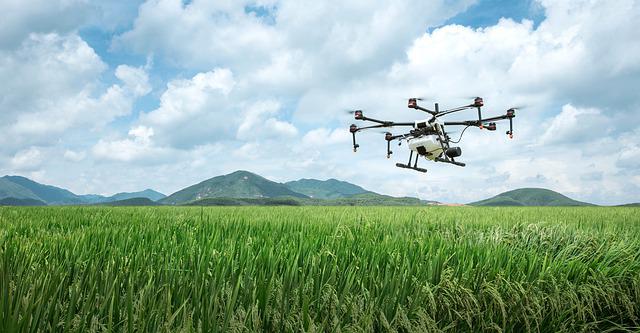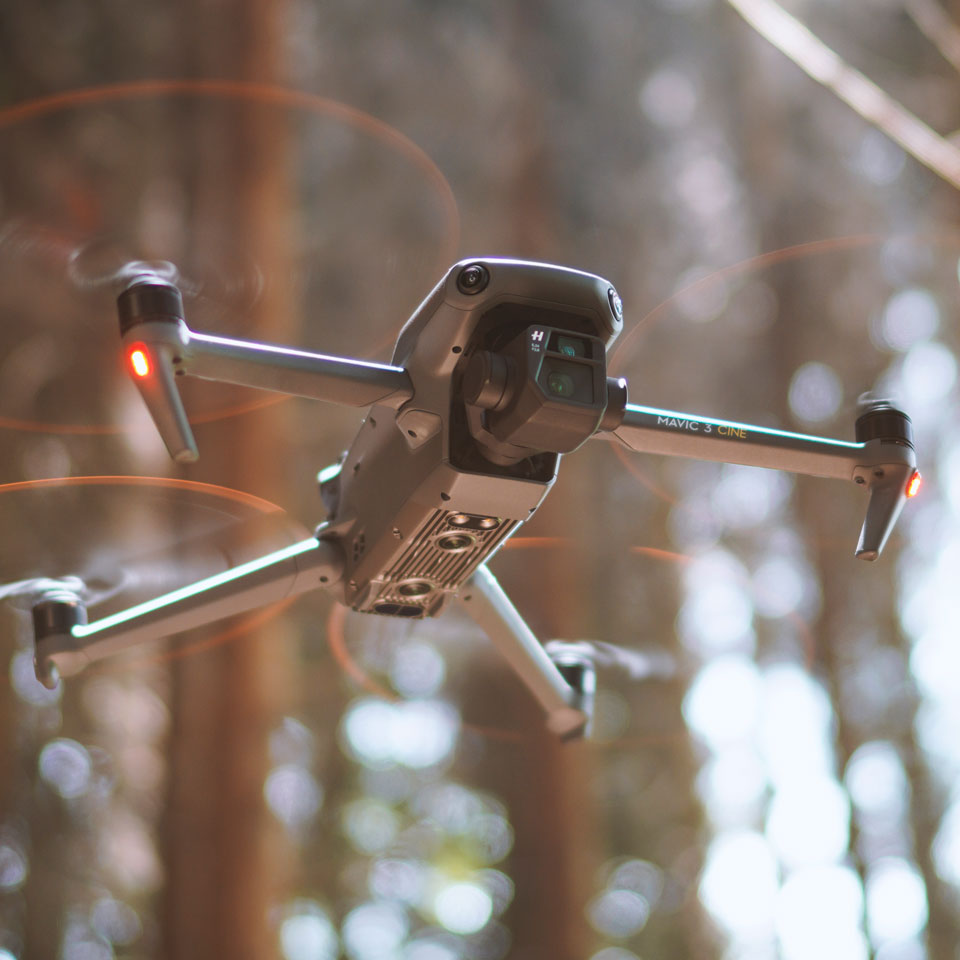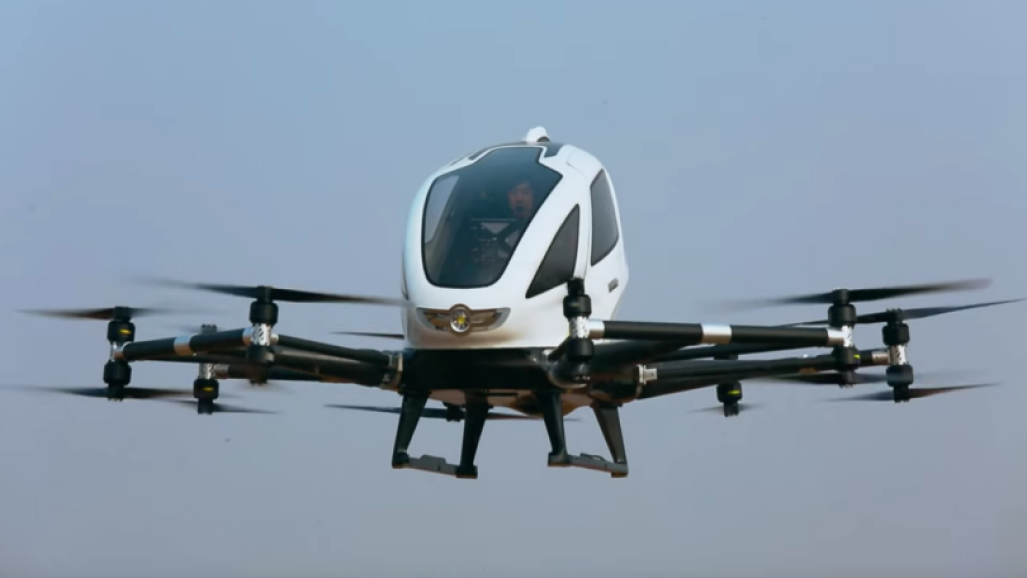
National Drone Safety Awareness Week offers a great opportunity for drone pilots to be safe and knowledgeable about the risks involved. This week provides a wealth of resources and activities for small UAS pilots, including drone registrations as well as best practices. A good starting point is the U.S. Airspace Map, which allows small UAS operators to fly safely within the country's airspace. Visit the AMA's Drone Safety webpage for more information.
Participate in activities
These are just a few ideas for activities you can participate in Drone Safety Awareness Week. You can start a drone club or use the National Drone Safety Awareness Week to promote awareness among your community. The FAA has also released several digital assets to share with participants, including smartphone screens and Zoom backgrounds. You can also use the UAS Scavenger Hunt and conduct Skill Drills games. To encourage your drone club members to take part in the week, you could conduct a scavenger Hunt.
Resources to stay engaged with drones
Federal Aviation Administration has launched a variety of educational resources to help people become more aware of the dangers involved in recreational drone use. These activities and resources cover everything from UAS best practice to drone registration. The U.S. UAS operators can also use Airspace Map to ensure safe flying. Continue reading to learn more about the activities and resources available during this week of drone awareness.

Here are some resources to learn more about drones
The drone safety awareness week is the third annual effort by drone operators to raise awareness about the safety of their flying devices. Throughout the week, the FAA will host educational sessions, highlight new rules and regulations, and introduce new drone registration and marking requirements. A tracking tool and graphics are available to assist you in learning more about drone safety awareness Week. These resources could be life-changing to drone operators. Here are three resources to get started with drone safety awareness week:
Participation by AMA in Drone Safety Awareness Week
National Drone Safety Awareness Week is a week that connects communities across the country to raise awareness about drone dangers. Drones are a great recreational tool but they must be operated according to all federal and state regulations. The AMA is proud partner in this initiative, and we appreciate the opportunity to contribute to raising awareness. To learn more, visit AMA.org/drone safety. You can also visit the AMA's Facebook Page.
Here are some resources that will keep you safe while flying a Drone
You must be alert to your surroundings when flying your drone. People could approach you and threaten to harm you. To avoid your drone crashing into anything, be sure to check the takeoff and landing paths. It's a good idea to have someone you know or a family member look after your drone while you are away.

FAQ
What are the rules regarding drone operation?
Registering your drone with FAA is required. This registration process includes submitting information about the device, including its weight, size, battery capacity, and operating frequency. It also requires you to obtain an identification number from the FAA.
What US states are drones legal?
You can legally fly a drone for personal use. The Federal Aviation Administration (FAA), established guidelines that allow individuals to fly small unmanned aircraft systems. These UASs must first be registered with FAA to be allowed to be flown. If certain conditions are met, the FAA allows commercial operators to fly these UASs.
What is the best drone to buy for beginners?
The DJI Phantom 2 Vision+ beginner drone is very popular today. This model is equipped with a 4K cam, which allows for high-quality aerial photos as well as videos. The drone's GPS system allows you to navigate easily.
Statistics
- Research and Markets predict a growth rate of 51.1% over the next five years. (thedroneu.com)
- According to Indeed, a drone pilot gets paid $25.73 per hour on average in the US. (dronesgator.com)
- According to the multiple listing service (MLS), houses and apartments with drone photographs are up to 68 percent more likely to sell than those without pictures. (thedroneu.com)
External Links
How To
How to Fly Drones with Beginners
A drone can be used to fly remotely controlled aircraft for photography, surveillance, scientific research, hobby and commercial purposes. Drone technology has been around since World War II. DJI introduced their Phantom series of quadcopters in 2010, but commercial use only began in 2010. Many types of drones have been made available since then, from beginner-friendly models such as the Parrot AR Drone 2.0, to high-end multi-rotor craft such as the DJI Mavic Pro.
There are many ways to fly a drone.
-
Remote control – This technique uses a control device attached directly to your hands that allows you steer the drone around its flight path. There are two main types, On/Off switches (like radios) and joysticks.
-
Manual Control – This method lets users remotely control the drone by using a smartphone app. Follow the instructions of the app to track the exact location you want the drone go.
-
Autonomous flight - The drone takes over the piloting duties. It's basically flying autonomously without any human intervention. For the autonomous flight to occur, the drone must have a built-in camera and sensors capable of capturing images and data.
-
Triggered Flight - This method is similar to manual control, except the pilot manually sets up a preprogrammed route, and the drone follows that route until it reaches the endpoint. Once the programmed route is completed, the drone lands automatically and returns back to the base.
-
Landing Gear: Some drones have landing gear that allows them safely to land in case they lose power or run low on battery.
-
Goggles-Some pilots use goggles to protect their eyes from debris during operations.
-
Camera – Some drones have cameras, which allow you to take photos or videos from up high.
-
Obstacles – Some drones have obstacle avoidance systems that stop them from colliding with obstacles.
-
Speed - Some drones reach speeds exceeding 40 mph.
-
Battery Life - Most drones can last between 20 minutes to 3 hours, depending on how much power you're using.
-
Range - Depending on the model, some drones can travel up to 30 miles away.
-
Power source - Some drones need an external power source, while others use internal batteries.
-
Weight - Some drones weigh less than 1 pound, whereas other models weigh up to 4 pounds.
-
Size - Drones can range in size from tiny devices that can fit in your palm to heavy crafts that weigh 50 pounds.
-
Price - All drones fall within a specific price range, from high-end models that can cost thousands of dollars to lower-cost options starting at $100.